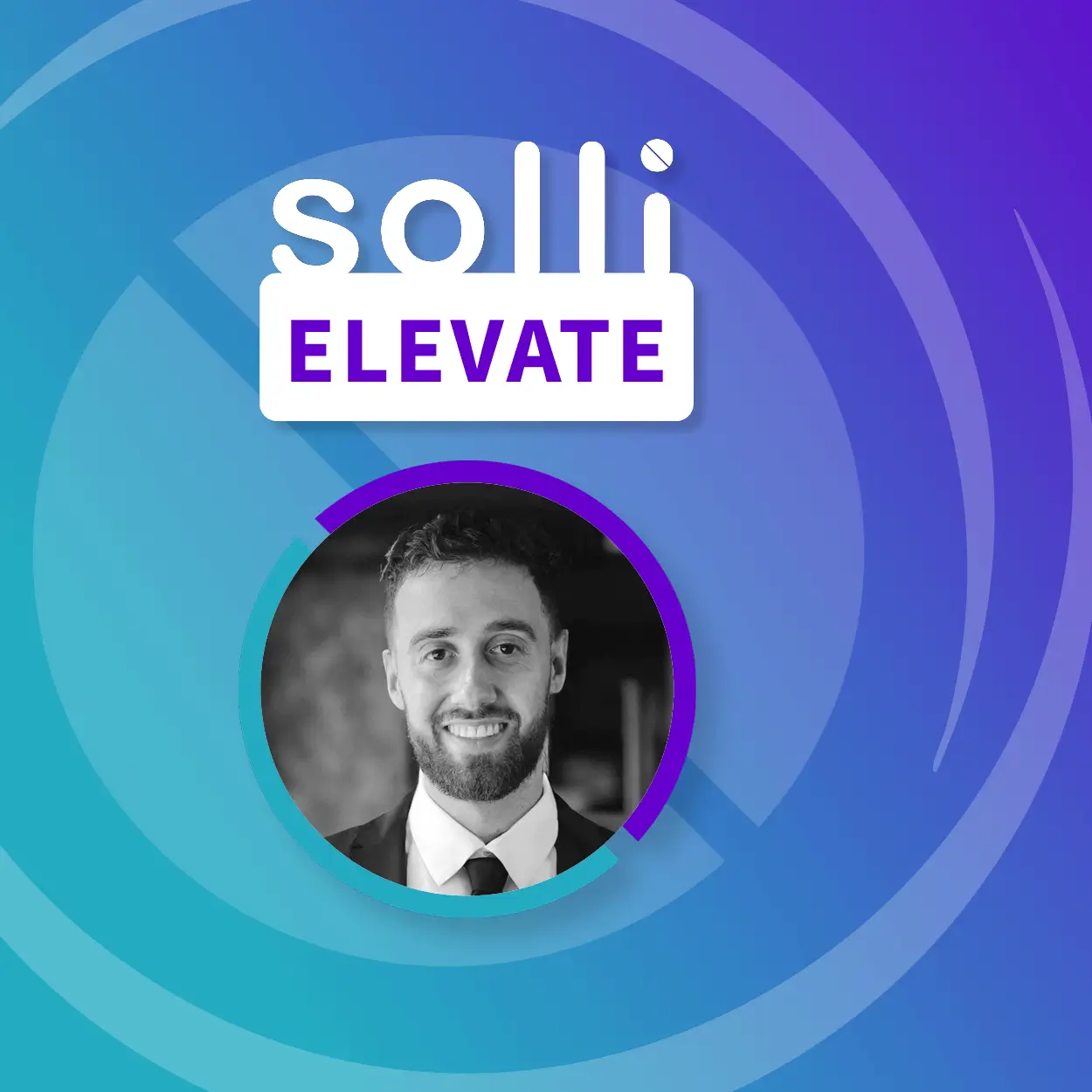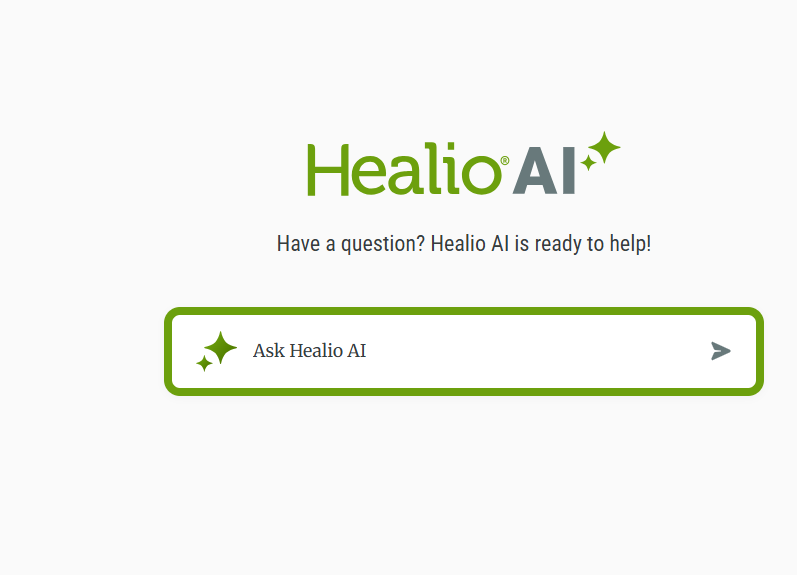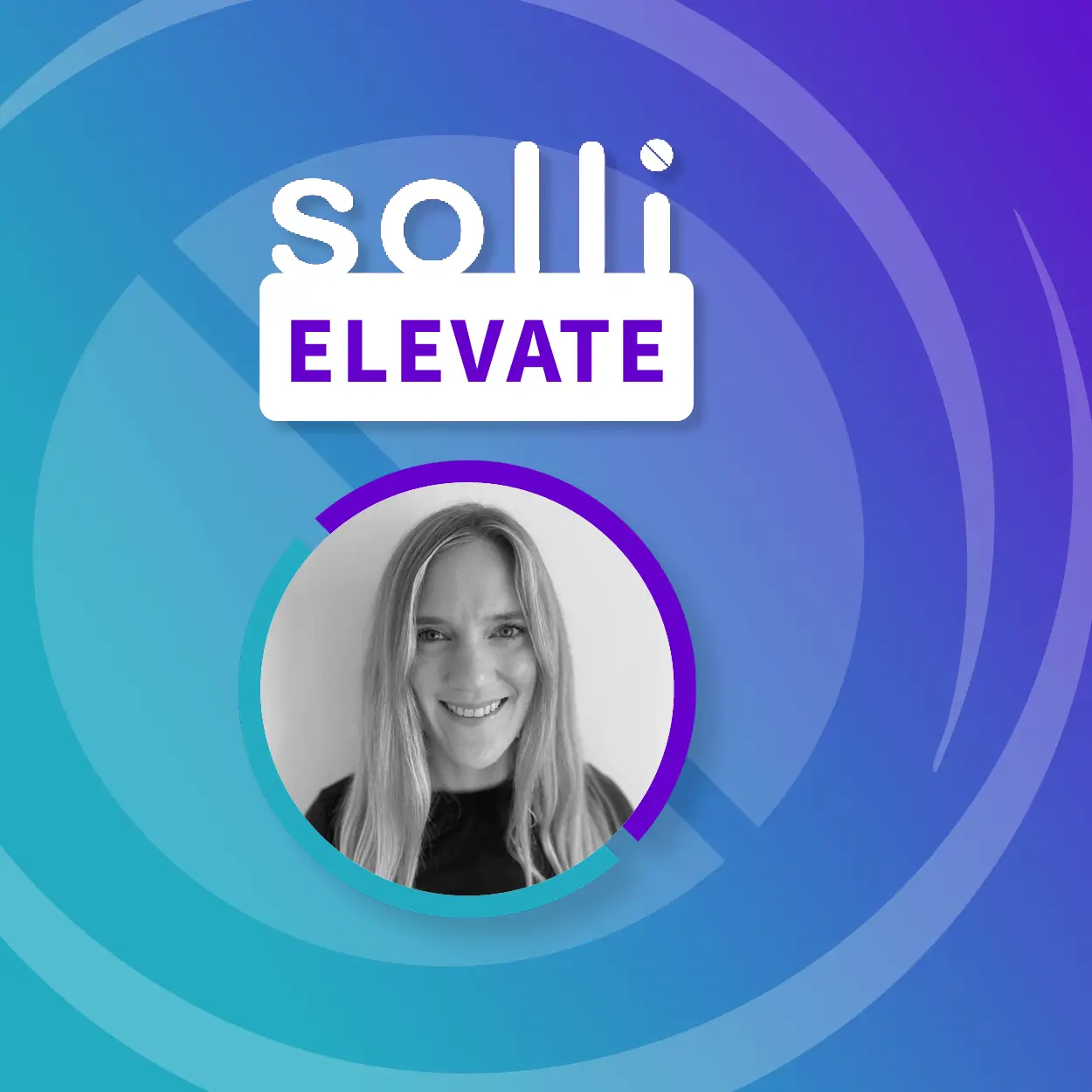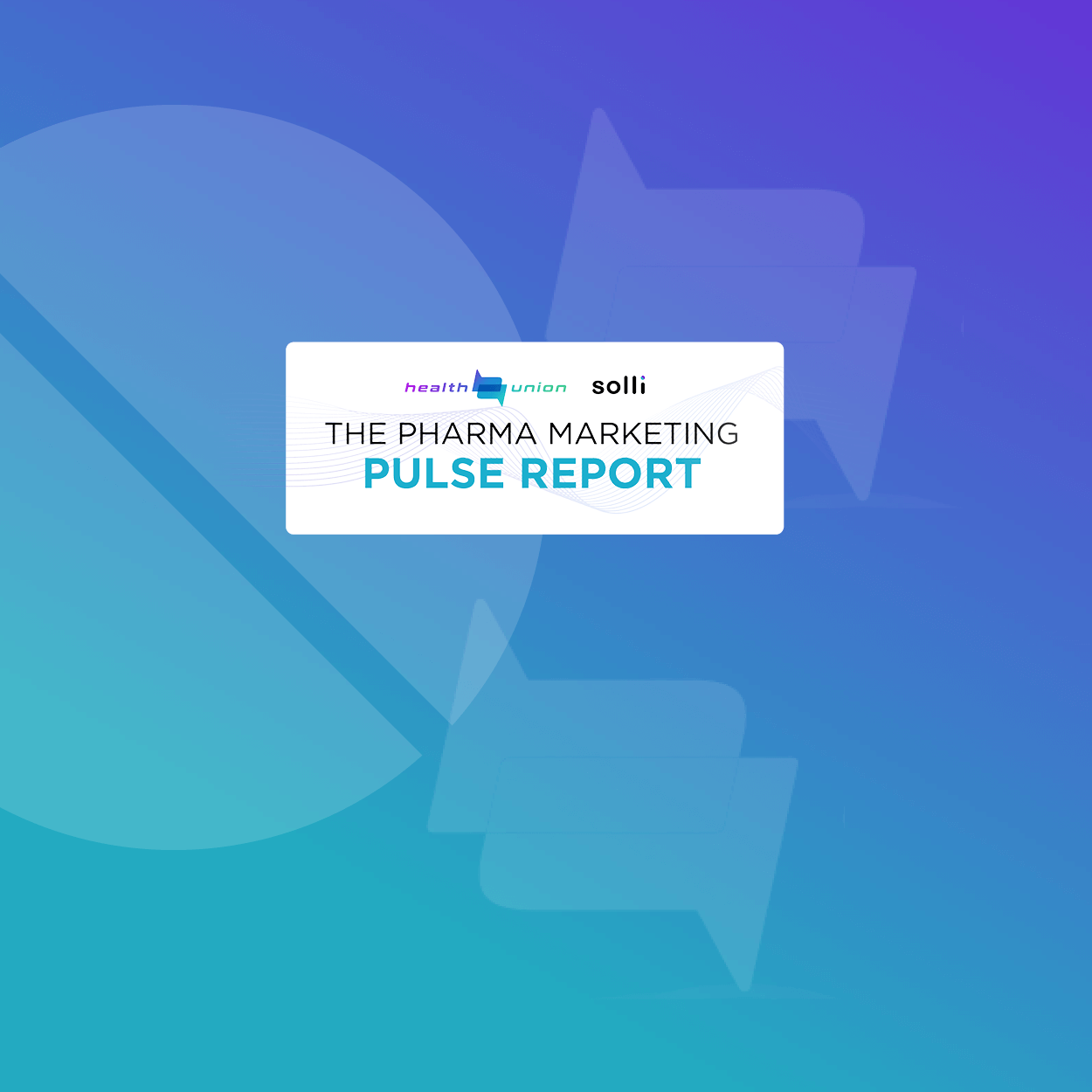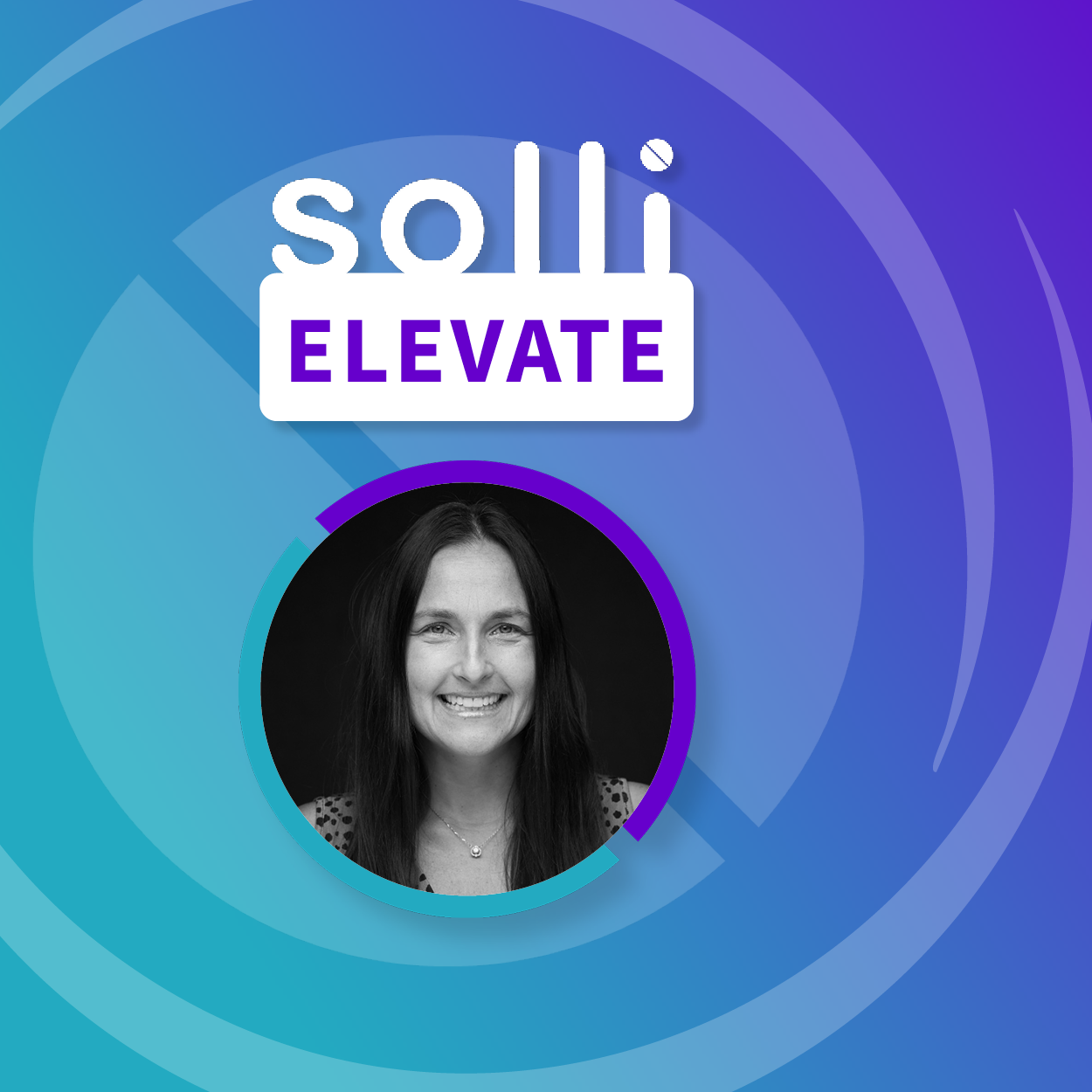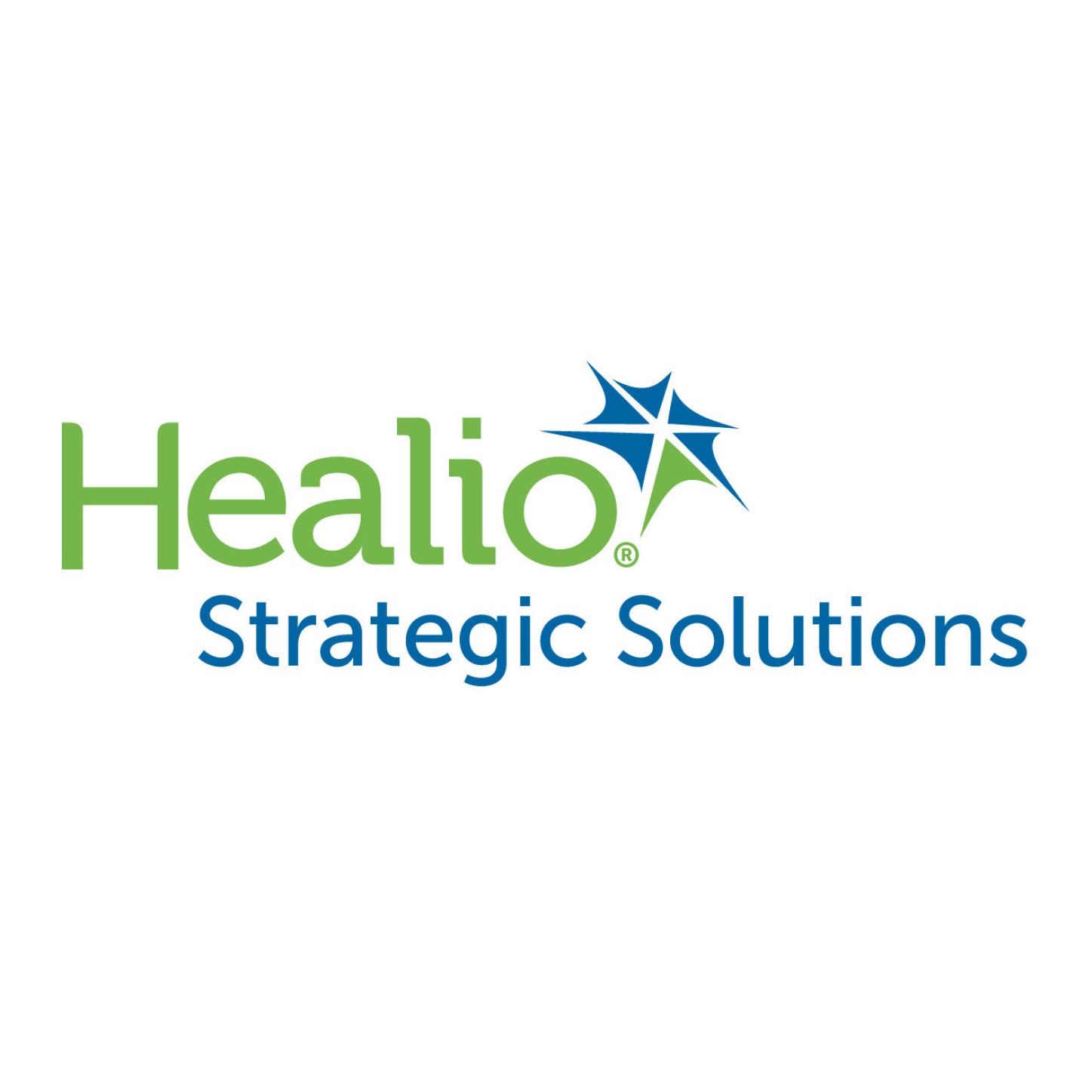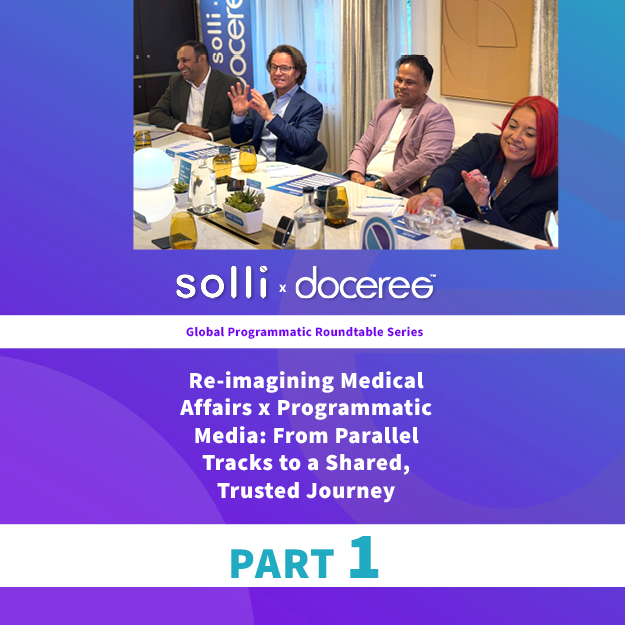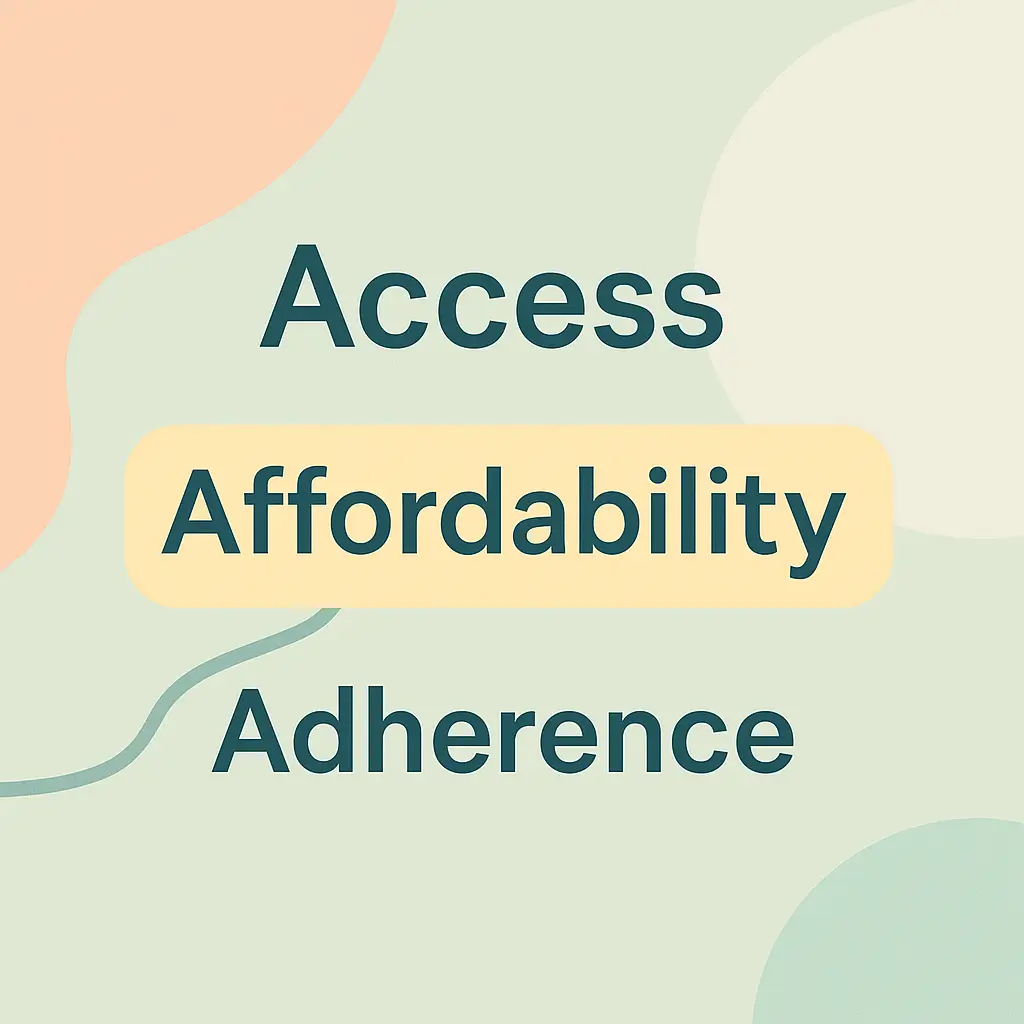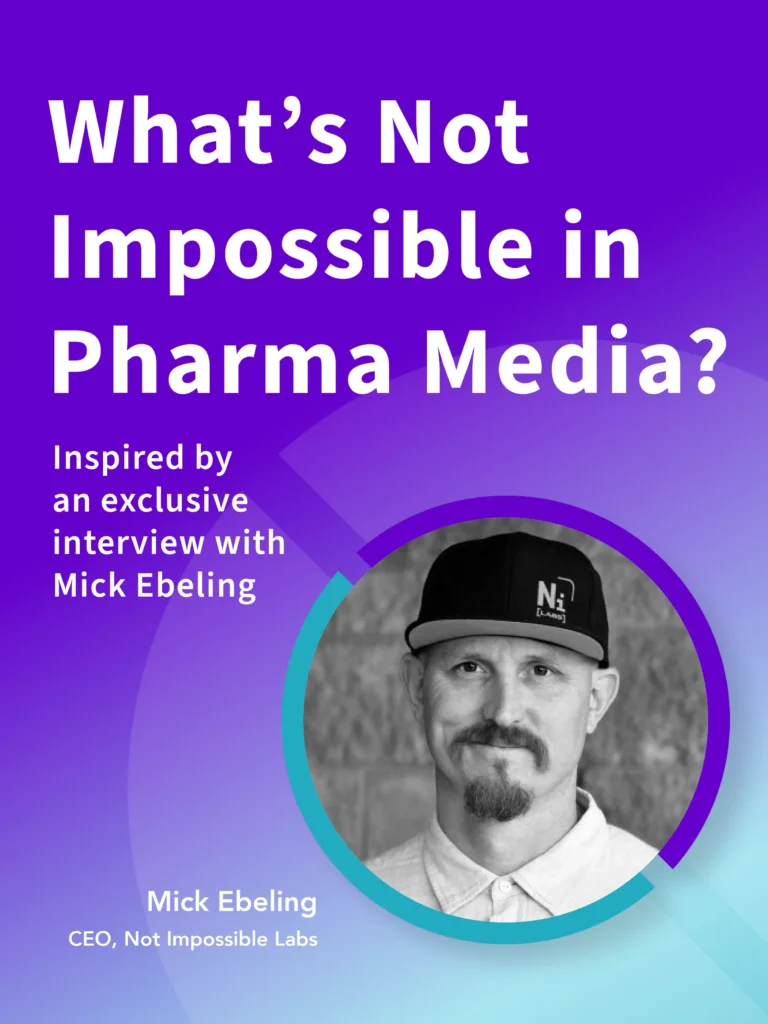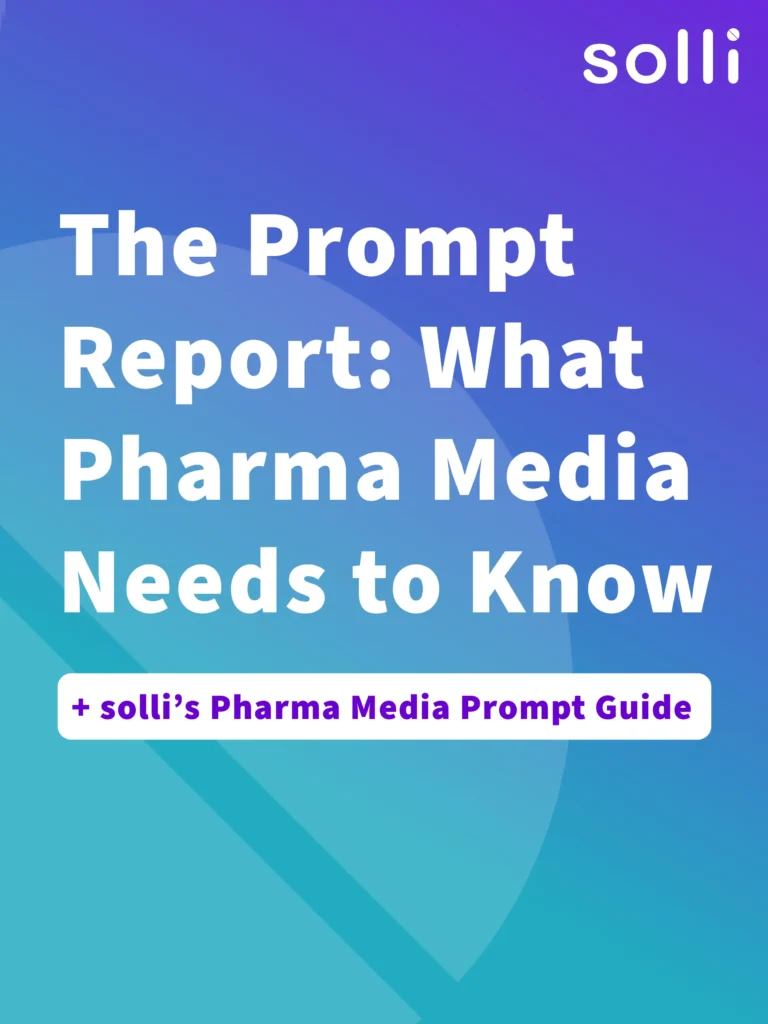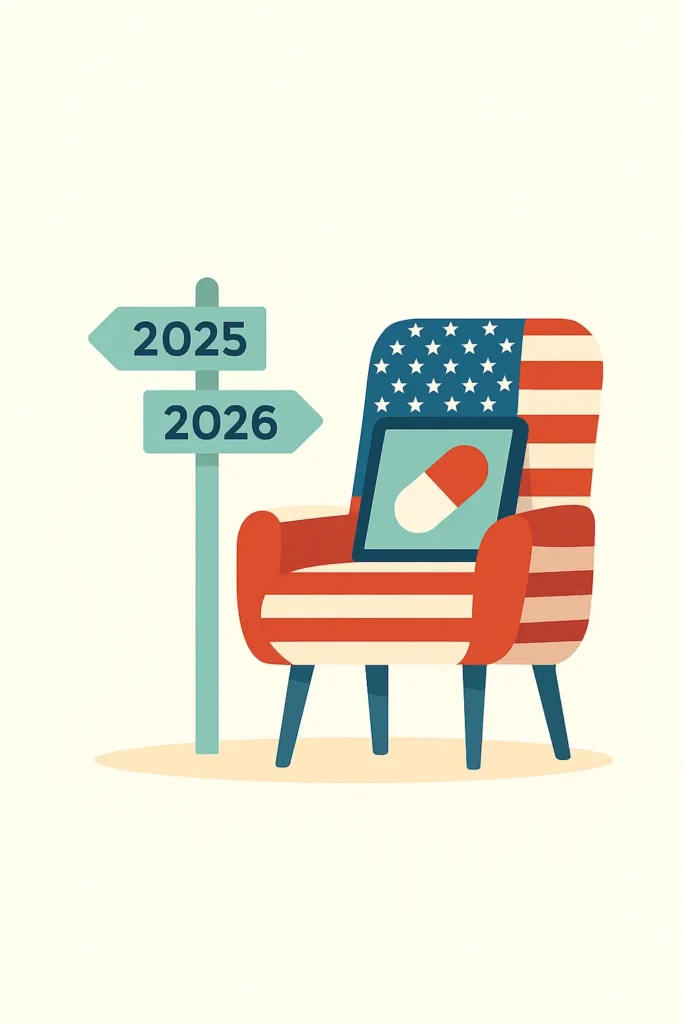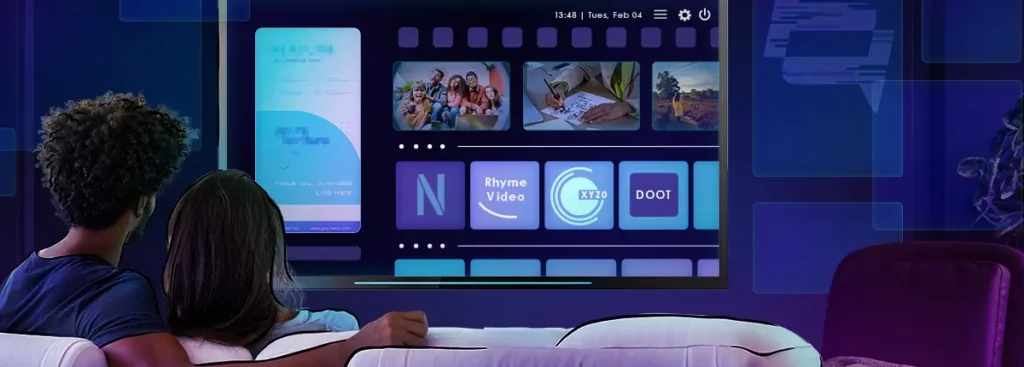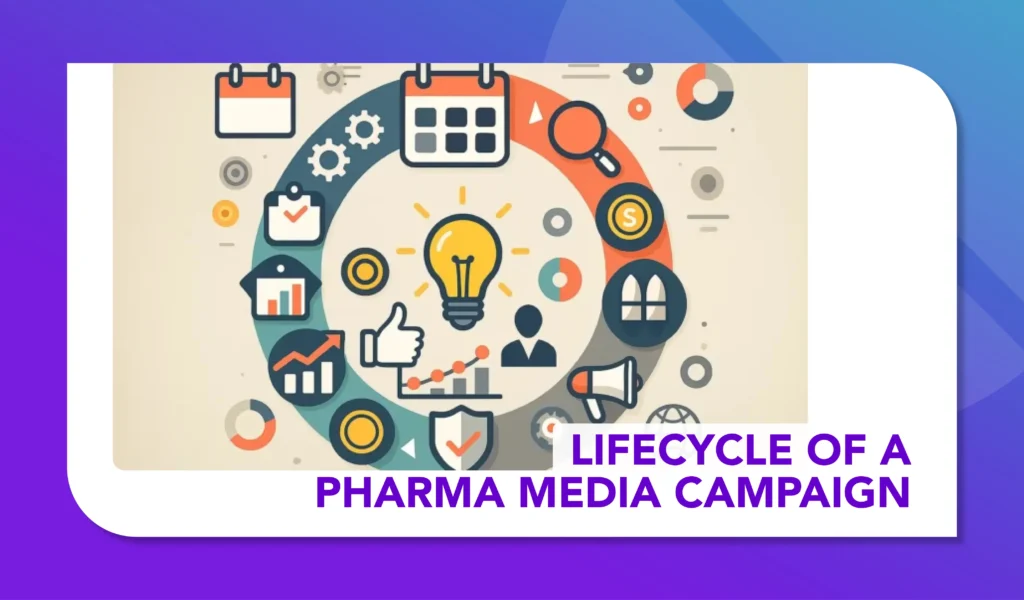The Prompt Report: What Pharma Media Needs to Know
From Research to Reality: Harnessing the Science of Prompting in Pharma Media
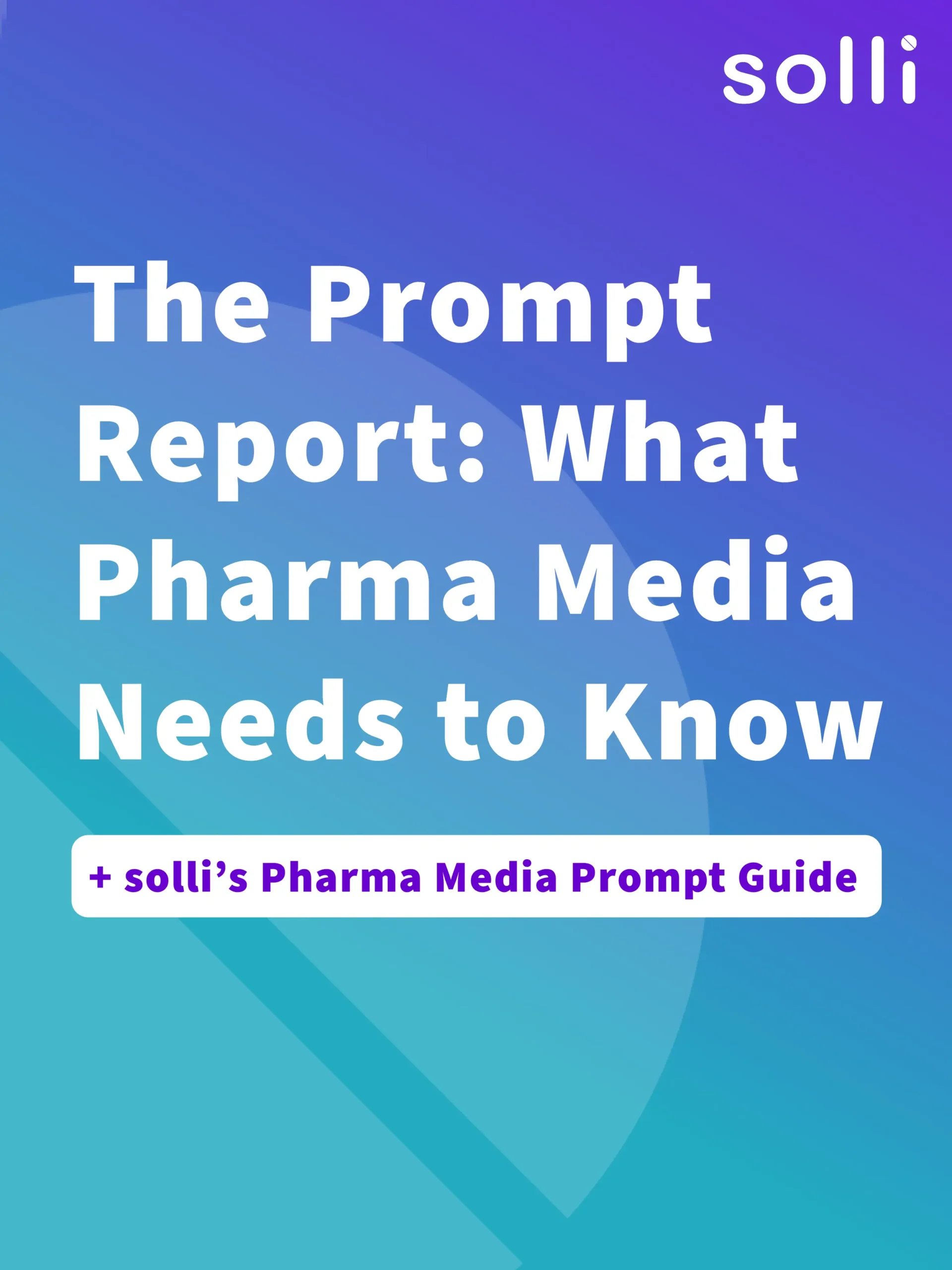
Large language models (LLMs) are no longer experiments — they are embedded into everyday workflows across industries, including healthcare and pharmaceuticals. Globally, 67% of organizations now use generative AI in their operations, and 76% of marketers leverage LLMs for content creation, with 71% seeing them as a source of creative inspiration[1]. In the U.S., 61% of adults have used AI tools in the past six months — nearly 1.8 billion people worldwide are using AI, with 500–600 million engaging daily[2].
This explosion in usage has spawned countless “prompting tips,” from viral headlines promising “magic phrases” to consultants offering quick-fix playbooks. But pharma media teams, which operate under incredible complexity — managing omnichannel campaigns, dual HCP and patient audiences, and stringent regulatory oversight — cannot afford folklore. They need evidence.
That evidence comes from The Prompt Report. Conducted via systematic literature review and meta-analysis, it aggregates hundreds of studies and distills 58 text‑based prompting techniques, 40 multimodal methods, and comprehensive frameworks for safety, evaluation, and governance. It is the most scientifically rigorous prompting study to date.
This piece translates the report’s findings into insights that are both accessible and directly relevant to pharma media practitioners. From this, we have developed solli’s Pharma Media Prompt Guide — a practical resource that outlines key prompting techniques, real-world applications in pharma media, and sample prompts. (Download it at the bottom of this article).
It also underscores a central truth: LLMs are powerful, but only when directed by human judgment. Many organizations are already building proprietary tools with these prompting principles embedded, which makes understanding them important for everyone. For individuals using their own LLMs, however, mastery of these methods is not just valuable — it is essential.
The future of work will not be defined by machines replacing people, but by people who know how to harness these systems effectively. In pharma media, where precision and compliance are non-negotiable, building that understanding is no longer optional — it is urgent.
The Scale of The Prompt Report
The Prompt Report is built on rigorous scientific foundations. Its methodology followed PRISMA standards for systematic reviews, scraping major scientific databases for publications on prompting. The result is a curated dataset of sources, annotated and classified into taxonomies.
- Text-based prompting: 58 techniques identified, ranging from familiar approaches like Chain-of-Thought to newer refinements like Self-Criticism and Chain-of-Verification.
- Multimodal prompting: 40 techniques catalogued, covering images, audio, video, and more — anticipating the next frontier where text, visuals, and sound converge.
- Taxonomy and organization: techniques grouped not only by type, but by purpose (reasoning, extraction, safety, bias mitigation, evaluation).
For pharma media, this matters because it shows the difference between ad-hoc “tips” and a structured science of prompting. Just as media strategy requires frameworks for segmentation or ROI measurement, prompt engineering now has a disciplined body of knowledge behind it.
Key Themes from the Report
1. Structured Reasoning
Many of the most reliable prompting techniques focus on making an LLM’s reasoning explicit, rather than hidden. Methods such as Chain-of-Thought, Self-Consistency, and Step-Back prompting encourage the model to break problems into smaller parts, show its working, and evaluate context before arriving at a final answer. This transforms the interaction from “guessing at an output” into a process more akin to structured analysis.
Why it matters for pharma media: In media planning, teams often need not just an answer, but a rationale that can be defended in front of compliance or procurement. For example, when comparing media mix options, a prompt that forces the model to explain each trade-off (reach vs compliance vs cost) generates not just insight, but the foundations for a thought audit trail.
In practice, this means structured reasoning prompts give pharma media professionals:
- Transparency — seeing the step-by-step logic behind an output.
- Defensibility — evidence that recommendations are grounded in reasoned trade-offs.
- Consistency — comparable reasoning frameworks that can be applied across campaigns or brands.

2. Verification and Self-Critique
Another cluster of techniques is designed to tackle two of the most persistent risks with LLMs: overconfidence and hallucinations. Unlike traditional software, LLMs don’t “know” when they’re wrong; they can generate convincing but inaccurate outputs with great fluency. Techniques such as Chain-of-Verification and Self-Criticism address this by asking the model to step back, review its own responses, and either cross-check or critique them before final delivery.
For instance, Chain-of-Verification breaks a task into two stages: generate an answer, then pose follow-up questions that test whether the answer holds up under scrutiny. Similarly, Self-Criticism prompting requires the model to identify weaknesses or risks in its own output, often leading to more cautious, balanced recommendations. These techniques don’t eliminate error entirely, but they significantly lower the chance of passing flawed information into decision-making.
Why it matters for pharma media: Accuracy is non-negotiable. When running competitor research or brand planning, even a small hallucination — such as misstating a rival drug’s clinical phase or misreporting a regulatory outcome — could misdirect millions in media investment or trigger compliance risks. Verification-oriented prompting acts like a built-in “sense check,” ensuring that if an LLM suggests, for example, a competitor’s migraine drug is in Phase III, it must also produce a check such as: “Cross-validate this claim with FDA records or recent press releases.”
In practice, this gives pharma media teams:
-
Reduced risk — fewer hallucinated facts slipping into strategic work.
-
Greater confidence — outputs accompanied by self-checks are more reliable.
-
Defensibility — documented verification steps that can be referenced in compliance or procurement reviews.
3. Extraction and Answer Shaping
A recurring challenge with LLMs is that, left unguided, they default to long-form narrative answers. While this can be useful for ideation, it’s far less helpful when teams need structured, repeatable outputs. Techniques such as Answer Engineering and Schema-Constrained prompting address this by forcing the model to output in specific formats — for example, tables, JSON, or CSV. This transforms the model from a “storyteller” into a reliable data processor.
Answer Engineering typically involves defining the expected schema within the prompt itself (“Output in the following columns: Impressions, CTR, Engagement, Compliance Notes”), ensuring consistency across runs. Schema-Constrained prompting can go a step further, embedding strict rules into the request so the model cannot easily deviate. These techniques increase the utility of LLMs in workflows where outputs must feed into other systems, whether dashboards, analytics platforms, or internal reporting tools.
Why it matters for pharma media: Teams spend enormous time standardizing metrics across campaigns, markets, and vendors. A vague AI summary of “good engagement” or “solid reach” has little value without precision. By applying extraction and shaping techniques, practitioners can ensure that campaign results are delivered in exactly the form they need — for example, a CSV file listing Impressions, CTR, HCP Click-Through, Patient Engagement, and Compliance Flags.
This not only reduces manual clean-up but also ensures outputs can be integrated directly into analytics pipelines, saving time and improving accuracy.
For pharma media professionals, the benefits are clear:
-
Efficiency — data arrives in usable formats, reducing manual rework.
-
Consistency — standardized outputs across teams, campaigns, and geographies.
-
Compliance support — inclusion of structured compliance notes ensures red flags aren’t lost in narrative answers.
4. Multilingual and Cultural Sensitivity
Global pharma campaigns operate across a patchwork of languages, cultural contexts, and regulatory regimes. A message or campaign crafted for one market cannot simply be translated word-for-word into another; nuance, compliance requirements, and audience expectations all shift across borders. This is where multilingual prompting techniques — such as translate-first prompting, role-conditioned translation, and pivot-language workflows — become vital.
Translate-first prompting ensures that an LLM processes the text in the source language before attempting analysis or adaptation, reducing mistranslations and preserving meaning. Role-conditioned translation allows the model to adopt a perspective while translating (e.g., “Translate this content as a compliance officer working under EMA guidelines”), which can capture subtle but critical contextual adjustments. Pivot-language approaches can further improve reliability by routing translations through a stable intermediary language, like English, before rendering the final version.
Why it matters for pharma media: The consequences of poor translation in regulated industries are high. A misplaced claim, mistranslated side effect, or culturally inappropriate message could trigger compliance escalations or reputational damage. With multilingual prompting, pharma teams can go beyond literal translation to create communications that are both accurate and culturally sensitive.
For example, when adapting a U.S. patient-facing ad campaign for Germany, a naive translation might retain idioms or emotional appeals that do not resonate in that market. Using role-conditioned prompting, the model can be asked to translate as if it were a German healthcare communications specialist, ensuring both accuracy and local resonance.
The benefits for pharma media teams include:
-
Consistency — brand voice and messaging remain aligned across languages.
-
Cultural appropriateness — campaigns respect local norms, improving engagement and trust.
-
Regulatory safety — prompts can encode regional compliance considerations directly into translations.
5. Multimodal Prompting
The frontier of prompting is no longer limited to text. Modern large language models are increasingly multimodal: they can process and generate not only text, but also images, audio, video, and even structured data inputs. The Prompt Report catalogs 40 distinct multimodal prompting techniques, covering everything from image-conditioned text generation to mixed media analysis and adaptation.

These approaches open new possibilities. A multimodal prompt might combine a text brief (“Summarize this drug’s positioning for HCP audiences”) with an uploaded conference poster or sales aid. Other techniques allow prompts to include video clips, asking the model to recommend edits for compliance, or audio snippets, requesting adaptation into multilingual transcripts. In each case, the LLM is not just interpreting words, but cross-referencing visual and auditory information to deliver richer, more context-aware outputs.
Why it matters for pharma media: Campaign development is inherently multimodal — involving banner ads, patient leaflets, HCP detail aids, social video, and conference materials. Text-only prompting cannot capture the nuances of working across these formats. Multimodal prompting allows practitioners to brief AI systems with the actual creative assets and request tailored recommendations, whether that’s ensuring imagery aligns with compliance rules, or generating patient-friendly adaptations of HCP-focused content.
The advantages are substantial:
-
Creative efficiency — faster iteration of assets across channels and markets.
-
Compliance integration — models can be prompted to flag imagery or copy that risks breaching local guidelines.
-
Future readiness — as multimodal LLMs mature, pharma teams that build workflows now will be positioned to exploit richer AI capabilities.
6. Security and Adversarial Risks
One of the most critical findings in The Prompt Report is that prompting is not only about improving outputs — it is also about mitigating risks. LLMs are susceptible to vulnerabilities such as prompt injection (where malicious instructions hidden in user input override safeguards), data leakage (where sensitive information is unintentionally revealed), and adversarial misuse (where the model is manipulated into generating harmful or noncompliant outputs).
To address these risks, researchers have developed techniques such as entrapment prompting, where a model is deliberately exposed to adversarial queries to test its resilience. Other methods involve instructing the model to explicitly refuse unsafe outputs, or embedding compliance reminders within the prompt structure itself. These strategies transform prompting into a kind of “defensive design,” ensuring that AI systems are robust enough to handle real-world, messy inputs.
Why it matters for pharma media: Media teams often handle sensitive brand data, unpublished research, and market strategies. If a team input this and an LLM leaks or misuses this information, the consequences could be severe — from regulatory penalties, commercial hits, or reputational damage. Moreover, adversarial risks are not abstract; even a well-intentioned query could inadvertently push an LLM to generate unsafe or noncompliant recommendations if prompts are not carefully constructed.
For pharma media professionals, security-oriented prompting delivers:
-
Data protection — reduces the risk of brand-sensitive information leaking through outputs.
-
Compliance control — embeds regulatory constraints directly into the prompting process.
-
Resilience — prepares teams for adversarial or unexpected use cases, strengthening trust in AI-enabled workflows.
7. Evaluation and Benchmarking
One of the strongest messages from The Prompt Report is that prompting cannot be left to anecdote or individual trial-and-error. Just as media campaigns are judged against defined KPIs, prompting techniques need systematic evaluation and benchmarking. The report highlights the emergence of structured frameworks and datasets designed to test how well prompts perform across dimensions like accuracy, reasoning quality, bias mitigation, and reproducibility.
Evaluation can take many forms. Some approaches involve benchmarking prompts on established datasets (e.g., medical QA or multilingual translation sets) to compare performance across techniques. Others emphasize human-in-the-loop evaluation, where expert reviewers — such as compliance officers or media strategists — assess outputs for factual accuracy, bias, and practical utility. There is also growing use of automated evaluation, where LLMs themselves serve as graders of prompt performance, provided safeguards are in place.
Why it matters for pharma media: Without evaluation, prompt use remains inconsistent and unreliable. Teams risk one-off “magic prompts” that work in one campaign but fail in another. By contrast, systematic benchmarking allows organizations to build prompt playbooks that are tested, validated, and repeatable across markets and therapeutic areas.
For example, a pharma media agency could benchmark different extraction prompts to see which consistently delivers accurate ROI breakdowns across multiple campaigns. Another test might evaluate translation prompts for both accuracy and cultural sensitivity across languages. The resulting insights could then be codified into internal best practices — ensuring consistency whether a prompt is used by a strategist in New Jersey, a compliance reviewer in Frankfurt, or an analyst in Singapore.
The benefits are clear:
-
Reliability — prompts are tested before being widely deployed, reducing campaign risk.
-
Comparability — teams can assess which techniques perform best across markets, channels, or brand portfolios.
-
Scalability — once validated, prompts can be documented and shared, creating institutional knowledge rather than isolated expertise.
The Future of Prompting (and What It Means for Pharma Media)
Looking forward, The Prompt Report anticipates major developments:
-
Agentic LLMs: Models that not only generate outputs, but orchestrate tools, APIs, and databases. For pharma media, this could mean LLMs that directly run media simulations or pull compliance text into planning. This shift moves AI from passive assistant to active co-pilot, embedding prompting into the heart of campaign execution.
-
Multimodal fluency: Prompting with video, audio, and images will become standard, enabling richer campaign ideation and adaptation. Pharma teams will be able to brief AI with actual creative assets and receive tailored versions for HCPs, patients, or regulators, all within a single workflow.
-
Alignment and safety: The report emphasizes the ongoing risks of bias and stereotyping. For pharma, where patient trust is paramount, encoding inclusivity into prompts will be non-negotiable. Future-facing teams will need to treat alignment not as a safeguard, but as a design principle built into every workflow.
-
Institutional adoption: As prompting matures, organizations will need shared standards and governance. Pharma media agencies and brand teams could benefit from prompt “style guides” just as they have media playbooks today. Codifying best practices will turn prompting into an institutional capability rather than a collection of individual tricks.
-
Multi-Component Prompts (MCPs): The report highlights MCPs as a powerful evolution of prompting — combining multiple instructions, reasoning stages, or validation steps into a single structured workflow. For pharma media, this could mean prompts that simultaneously generate a campaign plan, critique it for compliance, and reformat outputs for analytics, ensuring both efficiency and reliability.
Conclusion
Prompting is no longer a niche skill — it is becoming the operating language of the modern workplace. The Prompt Report shows that, when used with discipline, prompting can unlock efficiency, creativity, compliance, and trust. For pharma media, where the stakes are high and the margins for error are slim, this shift is already reshaping how strategy, analytics, and campaign execution come together.
Many organizations are now building their own AI tools with prompting methods embedded by design, but even then, the underlying principles remain critical to understand. For those deploying their own LLMs, mastery of these techniques is not just helpful — it is essential.
The message is clear: pharma media cannot rely on folklore or fragmented advice. It needs evidence, and now it has it. The future will belong to the teams who approach prompting not as a curiosity, but as a core professional competency — one that turns AI from a source of noise into a source of lasting advantage.
To read The Prompt Report in full, click here.

